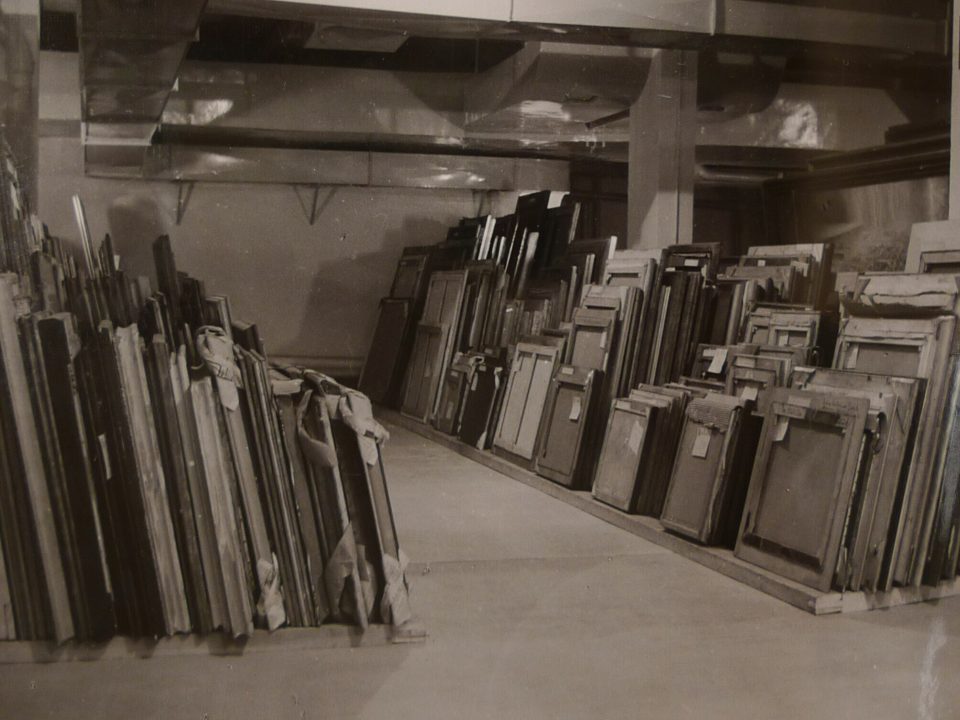The task of provenance research is to trace the origin and identify previous owners of works of art and cultural assets. Provenance researchers investigate the biography of an object or a collection and, not infrequently, also the biographies of its owners, exploring questions such as when and on what occasion a work of art was acquired, as well as under which circumstances the work changed owners and what happened to it thereafter.
Provenance research is particularly important in the context of art and cultural objects confiscated by the Nazis and with respect to the injustice their former owners suffered. The Nazi state systematically seized the art possessions of Jews, most of which then came into the ownership of private or public collections. During World War II, proponents and followers of Nazi organizations and authorities looted museums, libraries and palaces throughout Europe. In addition, private Jewish collections and galleries were plundered; in such raids, numerous works of ostracized modernism were confiscated by the Gestapo and sold for hard currency. Between 1937 and 1941, moreover, some 16,000 modernist works were seized from German museums and collections and sold—in most cases—on the international art market as foreign currency or as barter objects. The vilifying “Entartete Kunst” (Degenerate Art) exhibition, which opened in 1937, just one day after the opening of the Haus der Deutschen Kunst (House of German Art) in the rooms of the Gallery Building at Munich’s Hofgarten, and which denigrated some 600 works of modern art as “degenerate,” is one of the darkest chapters in the history of German art and museums.
After the end of World War II, the Western Allies and Jewish organizations sought restitution, but few ownership records were established and art and cultural assets of unclear origin remained in public hands. It was not until 1998, in the context of the Washington Principles on Nazi-Confiscated Art, that 44 states, 12 non-governmental organizations and the Vatican pledged to locate works seized in connection with Nazi persecution and to return these to their former owners or heirs or to provide compensation. Even more than two decades after this declaration, the reviews, searches and recognitions are far from complete. In 2001, the Lost Art Database was established in Magdeburg, where search requests and found-object reports from institutions and private individuals are collected and publicly documented. In 2015, the research association Provenienzforschung Bayern (FPB) (Research Association for Provenance Research in Bavaria) was founded on the initiative of the State Ministry of Education and Cultural Affairs, Science and the Arts. The aim of the currently 15 member institution and its 11 cooperation partners is to network and support each other in provenance research and to make sources accessible (see the website of Forschungsverbund Provenienzforschung Bayern). Haus der Kunst has been a cooperation partner of the research network since 2019.
Since the mid-1990s, Haus der Kunst has continuously examined its own past in various projects. Built between 1933 and 1937 as the “Haus der Deutschen Kunst”, the building—located on Munich’s Prinzregentenstrasse—was one of the first architectural showpieces of the Nazi regime and served the presentation of National Socialist art policies.
In 2004/05, Haus der Kunst opened its archives for the first time. The documents found during this period remain relevant for provenance research. For example, the Artists’ Index and the account records of the Haus der Deutschen Kunst provide information on the origin and sale of the exhibits displayed in the “Großen Deutschen Kunstausstellungen” (Great German Art Exhibitions). Purchases from these shows, which constituted the most important platform for the presentation and sale of works of “German art,” can also be found in collections of former NSDAP functionaries and organizations that were transferred to the Free State of Bavaria by order of the Allied Control Council and entered into the holdings of Bavarian museums as “transfers from state property”. The holdings of the Bayerische Staatsgemäldesammlungen (Bavarian State Painting Collections) also include paintings and graphic works found in the former Haus der Deutschen Kunst after the end of World War II and whose provenance has yet to be clarified. The archive holdings of Haus der Kunst are also relevant for museums and collections investigating their history and acquisition policies during the Nazi era in the context of provenance research.
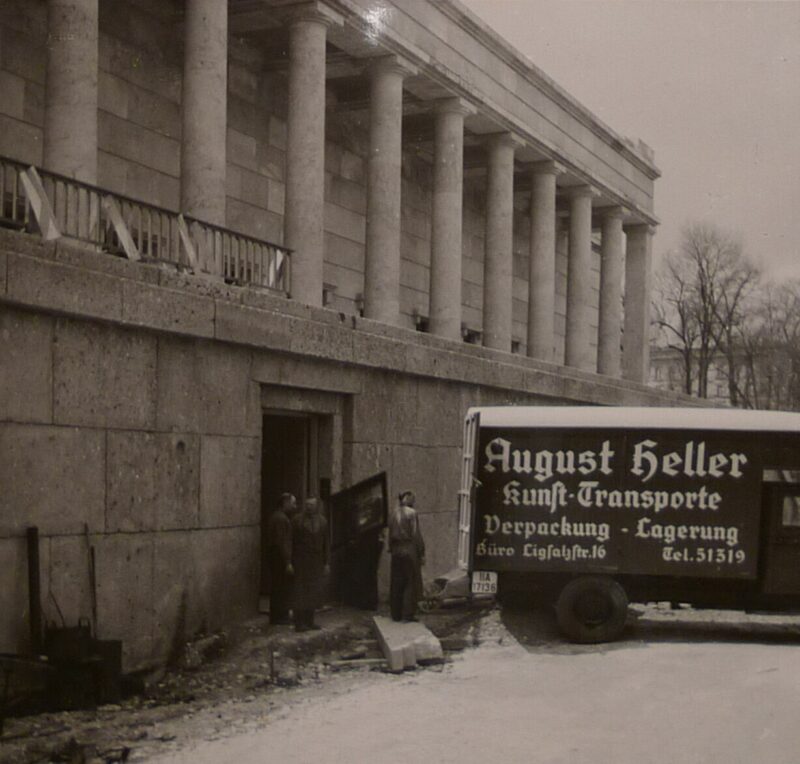
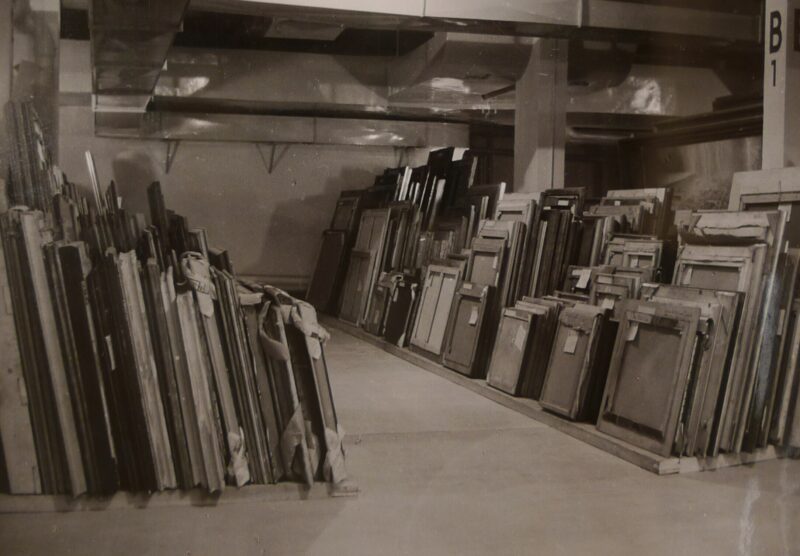
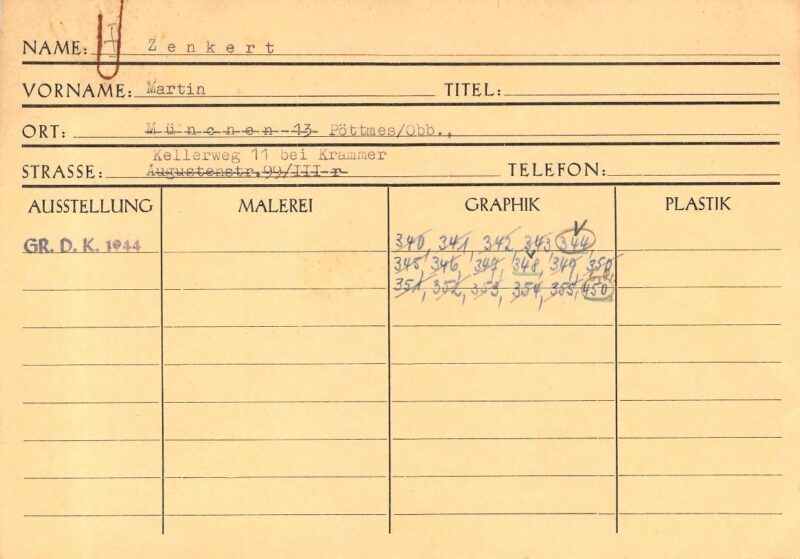
After the end of the war, and under the new name “Haus der Kunst,” a new future dawned for the historically burdened building. In fact, initial exhibitions shaped the institution’s profile as a place for the formerly ostracized modernism. Although this form of symbolic reparation was widely recognized, it also reflected the attitude of postwar German society, which preferred to distance itself from the Nazi past in many cases. In 1962, the exhibition “Entartete Kunst – Bildersturm vor 25 Jahre” (Degenerate Art – Iconoclasm 25 Years Ago) recalled the Nazi iconoclasm and featured some 350 works confiscated from German museums during the Nazi era.
Even after 1945, artworks and objects, which had been looted or extorted from their owners and had entered public and private collections through purchase or donation, were offered on the art market or exhibited. The catalogues and correspondence of the exhibitions at Haus der Kunst are important source materials for identifying artworks and for verifying and developing ownership histories. These sources are interesting because they illustrate business activities and continuities after 1945. For example, among the lenders of the memorial show “Der Blaue Reiter” (The Blue Rider) (1949)—with which the former Haus der Deutschen Kunst was “de-Nazified” according to the then State Secretary Dieter Sattler—was Hildebrand Gurlitt, who had been a prominent art dealer of the National Socialists and who was able to successfully continue his business in the postwar period.
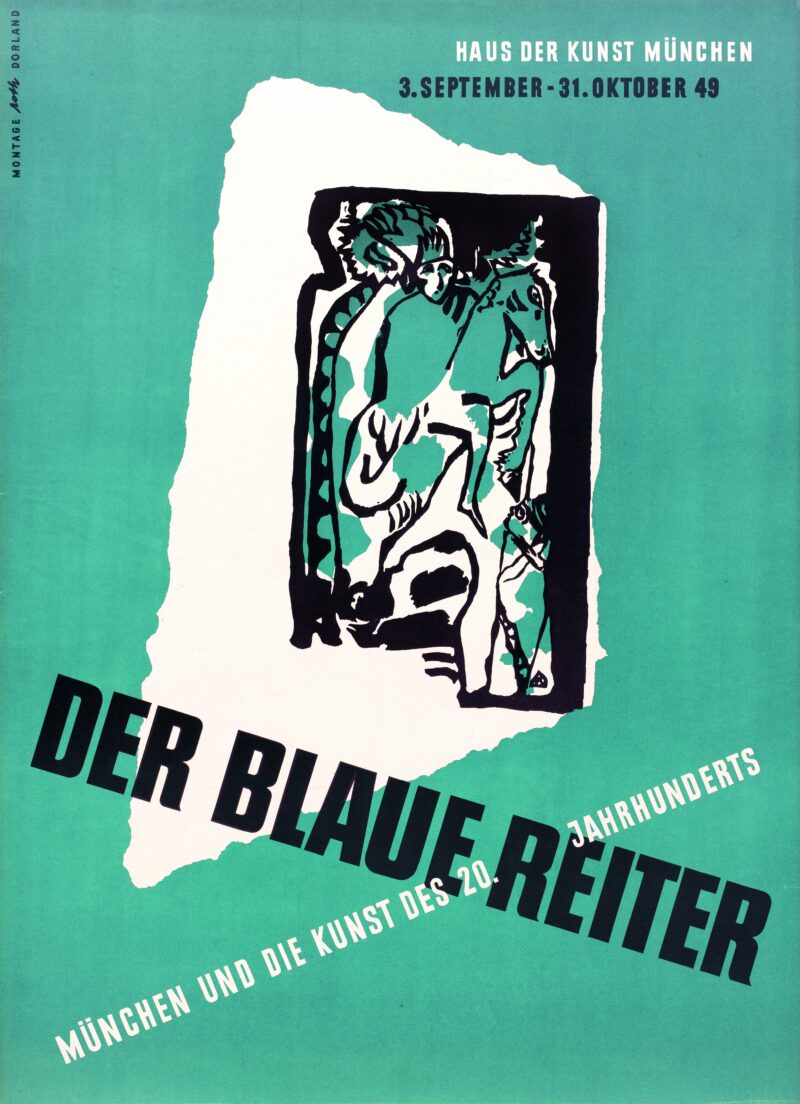
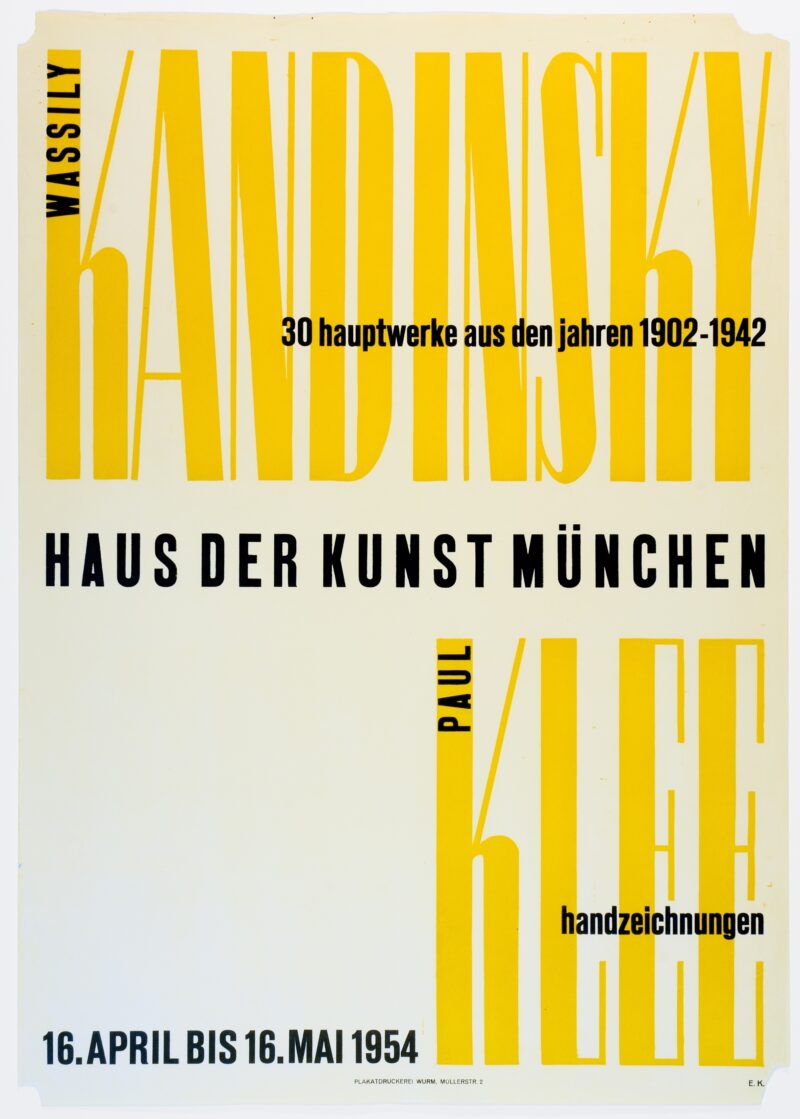
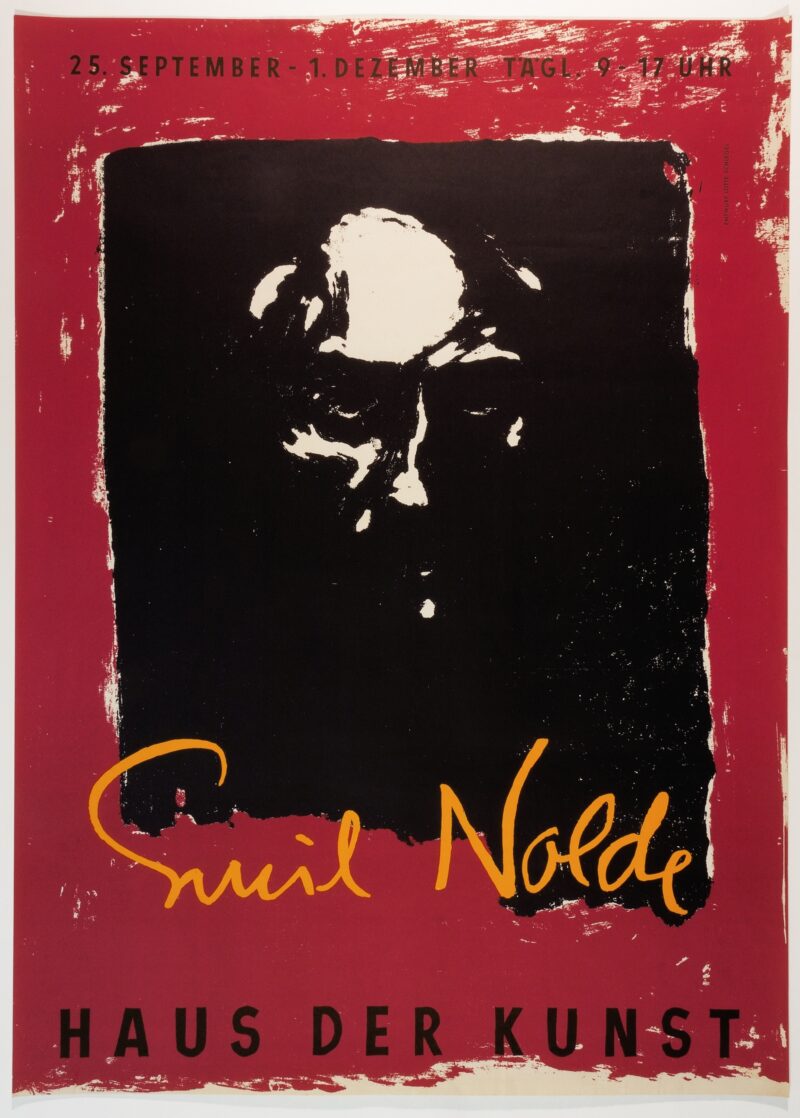
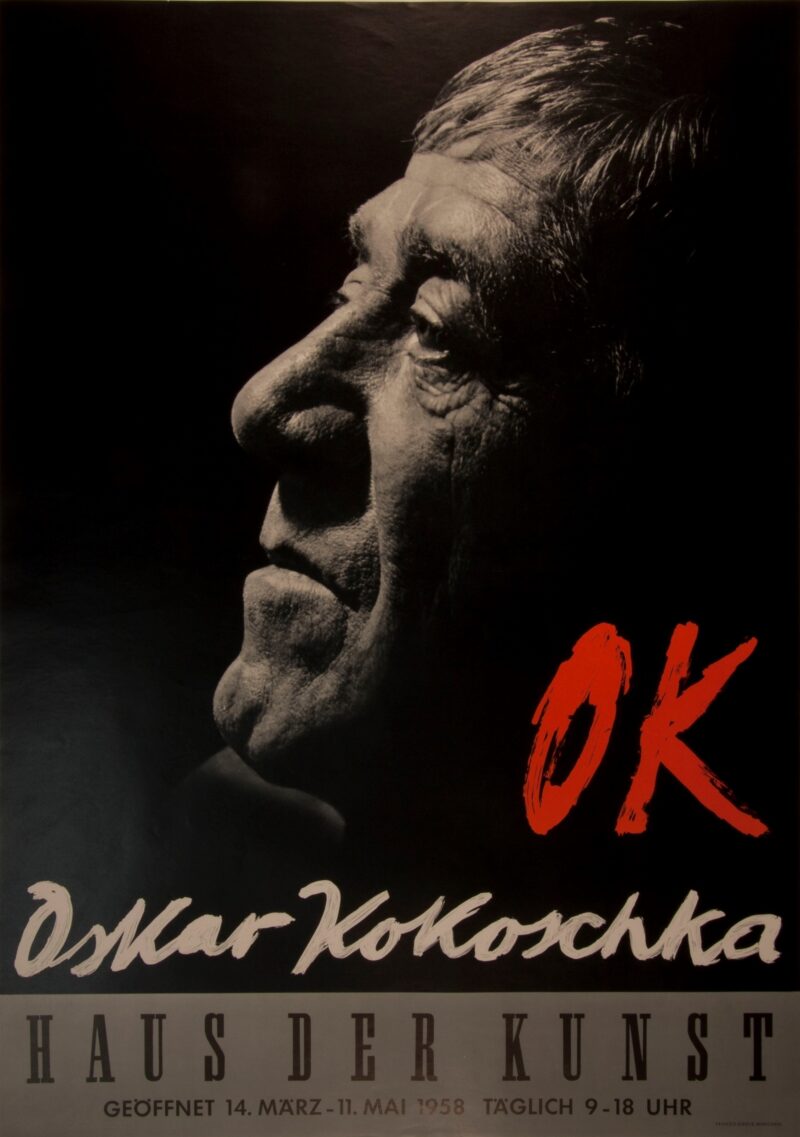
As an exhibition house without its own collection, Haus der Kunst primarily plays a supporting role in provenance research. This applies not only to research on artworks from Nazi possession and provenances in connection with Nazi looted art or to objects expropriated in the GDR, but also to research on cultural property that was taken out of a country during the colonial period and ended up in Western collections and museums. From the 1970s to the 1990s, such exhibits were shown at Haus der Kunst in the context of elaborate special exhibitions. References to colonial cultural objects can be found in the related exhibition catalogues and documents. Not least because of the debate about the restitution of the Benin Bronzes, colonial contexts are increasingly moving into public consciousness; these objects also require a—long overdue—examination in provenance research.
Sabine Brantl is Head of Archiv at Haus der Kunst and is responsible, among other things, for the exhibitions in the Archiv Galerie. In 2004, she developed a concept for the establishment of Haus der Kunst’s Historical Archive.
